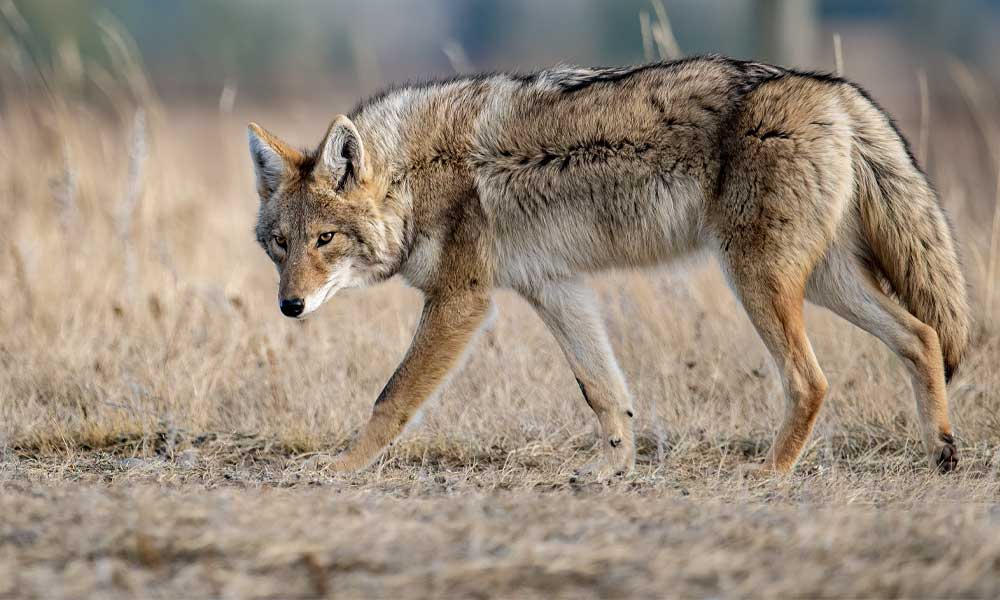Table of Contents
ToggleIntroduction
The haunting and mysterious screams echoing through the night have long been associated with the enigmatic world of foxes. Foxes Scream? Among the various vocalizations that foxes employ, their screams are particularly captivating, evoking a sense of curiosity and wonder. In this exploration, we delve into the phenomenon of fox screams, unraveling the reasons behind these eerie vocalizations and the intriguing role they play in the lives of these cunning canids. From the diversity of fox species to the underlying communication purposes, join us in deciphering the language of fox screams.
Fox Species And Vocal Diversity
Different Species of Foxes
Foxes belong to the Canidae family and are distributed globally, with various species exhibiting unique characteristics. Notable species include:
- The red fox (Vulpes vulpes).
- Arctic fox (Vulpes lagopus).
- Fennec fox (Vulpes zerda).
- Gray fox (Urocyon cinereoargenteus).
Each species has distinct physical traits, habitats, and vocalizations, contributing to the rich biodiversity within the fox family.
Variation in Vocalizations Among Fox Species
Foxes are known for their diverse vocalizations, which play a crucial role in communication within their social structures. While there are commonalities in their vocal repertoire, the specific sounds and frequencies vary among species. Red foxes, for instance, exhibit a broad range of vocalizations, including barks, screams, and howls. Arctic foxes, adapted to harsh northern climates, have distinctive high-pitched calls. Fennec foxes, with their desert-dwelling lifestyle, communicate using soft whines and barks. Gray foxes, known for their climbing ability, have a unique vocalization repertoire that includes eerie screams.
Specific Focus on the Eerie Screams
Among the various vocalizations, the eerie screams of foxes stand out as particularly distinctive. While many species produce screams, the red fox is often associated with this haunting sound. The screams are typically heard during the breeding season, serving as mating calls. The vixen’s high-pitched scream can be especially spine-chilling, contributing to the folklore and cultural interpretations surrounding fox vocalizations. The specific structure of the vocal cords and the intensity of these screams vary among species, adding to the intrigue and mystique of fox communication.
Reasons Behind Fox Screams
Mating Calls and Reproductive Behaviors
Fox screams are often associated with the breeding season, and they serve as powerful mating calls. During this time, male and female foxes engage in elaborate courtship rituals, with vocalizations playing a key role in signaling reproductive readiness and attracting potential mates. The vixen, or female fox, emits high-pitched screams, while the male responds with barks and howls. This vocal exchange helps establish pair bonds and coordinate mating activities. The eerie nature of these screams contributes to the mystique surrounding fox courtship, marking the beginning of a new generation of foxes.
Territorial Warnings and Communication
Foxes are territorial animals, and vocalizations, including screams, play a vital role in restricting and defending their territories. The eerie screams serve as potent warnings to potential intruders, signaling the presence of an established fox territory. Foxes use a combination of vocalizations, scent marking, and other behaviors to communicate the boundaries of their territories to rivals and potential mates. The distinctiveness of these screams helps establish hierarchy and reduce confrontations, allowing foxes to maintain social order within their communities.
Responses to External Stimuli or Perceived Threats
Foxes are highly wise animals, and external stimuli or perceived threats can trigger their screams. Sudden loud noises, the presence of predators, or unfamiliar scents can elicit intense vocalizations as a form of defensive communication. These screams serve to deter potential threats, alerting other foxes in the vicinity to potential danger. The versatility of fox vocalizations, including the eerie screams, reflects their adaptability to a range of situations in their dynamic environments.
The Science Of Fox Vocalizations

Anatomy of Fox Vocal Cords
The captivating and varied vocalizations of foxes are intricately tied to the anatomy of their vocal cords. Similar to other members of the Canidae family, foxes possess a vocal apparatus that allows for a wide range of sounds. The structure of their vocal cords enables the modulation of pitch and intensity, facilitating the production of diverse vocalizations.
The length and tension of the vocal folds, located in the larynx or voice box, contribute to the distinctiveness of fox vocalizations. A unique feature is the presence of a cartilaginous structure called the hyoid apparatus, which provides additional flexibility to the vocal cords. These anatomical adaptations allow foxes to produce the haunting screams, howls, barks, and other vocalizations that characterize their communication.
Howling, Screaming, and Other Vocalization Techniques
Foxes employ a repertoire of vocalization techniques to convey various messages to conspecifics. Howling, often associated with territorial announcements, is a method by which foxes can communicate over long distances. It serves to establish their presence, warn intruders, and coordinate activities with other members of their social group.
Screaming, particularly during the breeding season, is a distinctive vocalization that plays a crucial role in mating rituals. The high-pitched screams of vixens serve as an invitation to potential mates, initiating the courtship process. Additionally, foxes utilize barks, yips, and whines for different communicative purposes, showcasing the versatility of their vocal capabilities.
Research and Studies on Fox Communication:
Scientific interest in fox vocalizations has led to numerous research studies aimed at unraveling the intricacies of their communication methods. Researchers use a combination of field observations, audio recordings, and technological advancements such as acoustic analysis to decode the meaning and nuances of fox vocalizations.
Studies have explored the context-specific nature of fox calls, deciphering the differences between alarm calls, mating calls, and territorial warnings. Additionally, researchers investigate how environmental factors, such as habitat structure and the presence of other wildlife, influence the vocal behaviors of foxes.
Conclusion
The haunting screams of foxes serve as a unique and mesmerizing aspect of their communication repertoire. From the vixen’s mating calls to the territorial warnings of males, these vocalizations offer insights into the complex social dynamics and behaviors of foxes. As we navigate the realms of their mysterious screams, it becomes apparent that these sounds not only contribute to the survival strategies of foxes but also add a layer of fascination to our understanding of these wild canids. The nocturnal symphony of fox screams serves as a reminder of the intricate connections between wildlife and the secrets concealed within the depths of the natural world.







